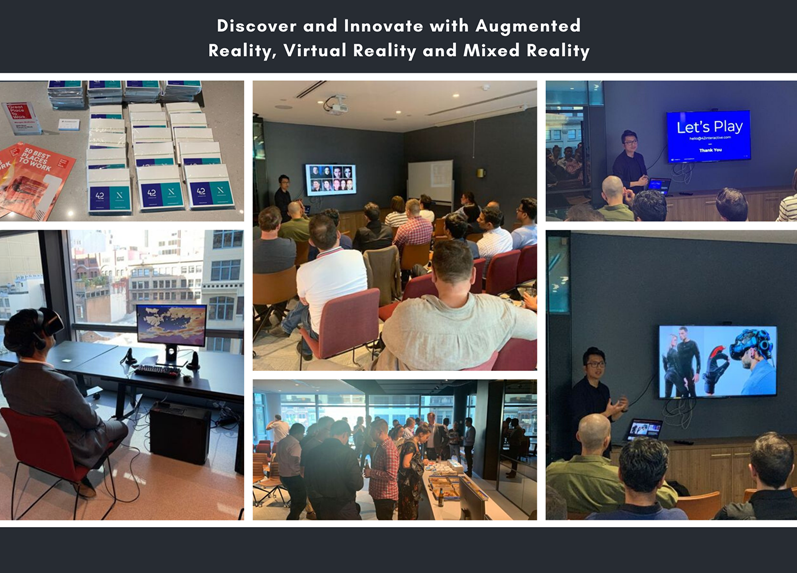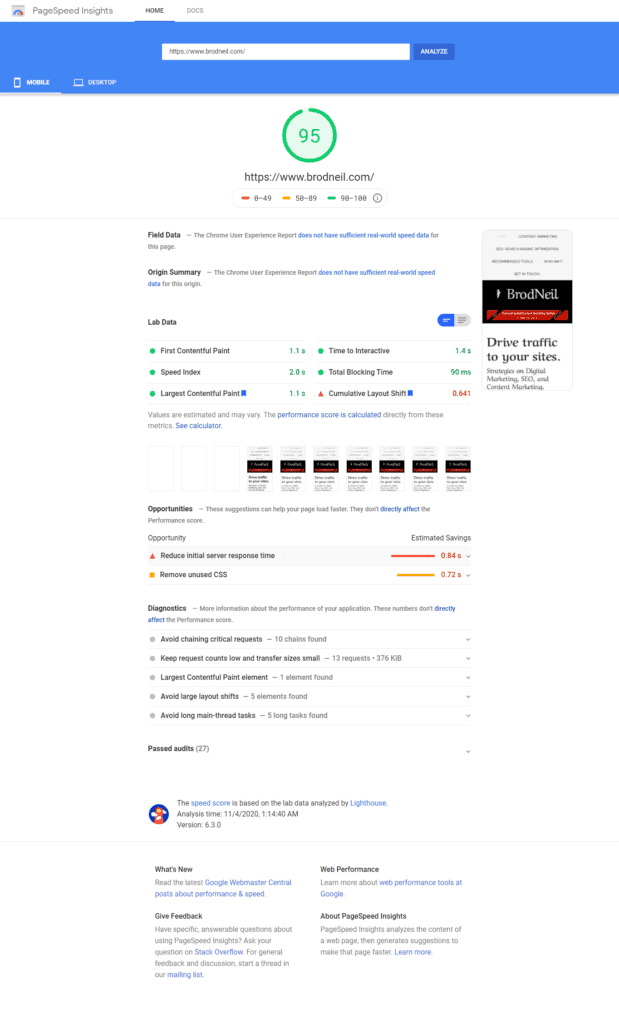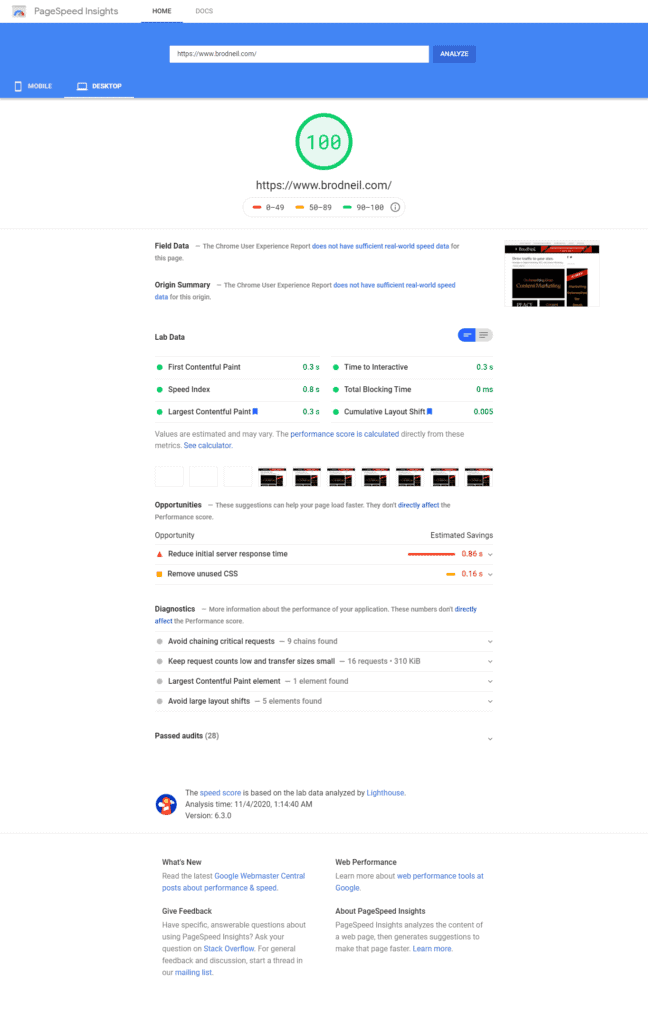If you want to know what is Augmented Reality and Virtual Reality, this article might help you understand them.
On the 23 October 2019, Life Intelligence Group proudly hosted the Digital Innovation Sydney meet-up with the theme: Discover and Innovate with Augmented Reality, Virtual Reality, and Mixed Reality.
As a company that focuses on changing the future, we were honored to have 42interactive (a team of lead professionals in the digital, mobile and immersive content space) who showed us the amazing technologies of AR/VR through live demos and experience.

At first, we were confused with all these technologies but thanks to 42interactive, we have gained additional insights. And now, we are happy to share it with you.
From a simple science fiction prediction to reality, the evolution of Augmented Reality (AR), Virtual Reality (VR), Mixed Reality (MR) and Cross Reality (XR) has come a long way.
Hearing these terms makes us think they are all pretty much the same, that they are a new form of technology and are purely created for recreation purposes. However, the concept of AR/VR technology dates back in the 1800s! In addition, they are not only used for entertainment purposes but also for business and science applications.
To avoid confusion and get a deeper understanding of these technologies, we look at the differences and similarities of AR/VR technology, their uses, and their transformation over the years.
Getting to Know All the Realities
Augmented Reality is a technology that enhances our real, physical world with superimposed computer-generated images and other digitally created content such as sounds and videos. The digital overlaying alters the perception of reality, providing the users or viewers with a one of a kind interactive experience.
Some of the best examples of Augmented Reality technology include Nintendo’s Pokémon Go App, a popular mobile game that involves catching and training Pokémon characters in a real location. Another one is the Weather Channel’s realistic visualization of extreme weather conditions such as tornadoes and hurricanes to explain what could they look like once they hit the ground.
You may think Virtual Reality (VR) and Augmented Reality (AR) are just the same. At some point, VR and AR have similarities with each other in terms of their technologies, their entertainment purposes and the way they change the field of science and medicine. However, when it comes to their real purpose and delivery method, these two technologies are entirely different.
While Augmented Reality enhances the experience by adding layers of digital-generated objects and elements on top of a real environment and is being used across different mobile devices, Virtual Reality is a technology that allows you to interact with and immerse in a computer-generated environment, and this can be typically achieved by wearing a VR headset or goggle such as Facebook’s Oculus. With Virtual Reality, it’s as if you have escaped the real world and was transported in another dimension.

Image from rawpixel.com
- Mixed Reality and X (Cross) Reality
To understand Mixed Reality and XR (or Cross Reality), one must have a basic understanding of Augmented Reality and Virtual Reality. Now that you know the definition and difference between AR and VR, it’s time to know more about Mixed Reality and XR.
What is Mixed Reality?
Mixed Reality is a step beyond Augmented Reality as it combines the real world and the virtual objects. The concepts of AR and VR are combined to create a “mixed” reality, which makes the experience even more out of this world.
“a mixed reality environment, therefore, is one in which real-world and virtual world objects are presented together within a single display, that is, anywhere between the extrema of the virtuality continuum,” (an excerpt from titled “A Taxonomy of Mixed Reality Visual Displays.” a paper by Paul Milgram and Fumio Kishino).
Mixed Reality allows users to interact with virtual objects within the real environment in real-time. These digitally-created objects will also respond to the user like they are real. This technology is now being used in the manufacturing industry and the medical field.
What is XR?
XR also referred to as Cross Reality, is not a specific technology but an umbrella term for AR, VR, MR, and other incoming Reality technologies.
XR covers the entire spectrum of real worlds and virtual worlds – the hardware, software, methods, and experience that make all the present Reality technologies. It refers to the combination of real and virtual worlds and the interaction of humans and machines generated by computer and wearable devices. Other definitions of XR include platforms and elements where the user can bring real objects into the virtual environment or see physical objects in a digital environment.
Where it all Started: Historical Background of AR, VR, and MR

Photo by Eddie Kopp on Unsplash
1838-49: Invention of Stereoscopic photos & viewers, from Charles Wheatstone’s Stereoscope in 1838 to William Gruber’s View-Master in William Gruber and the lenticular stereoscope of David Brewster in 1849.
1929: Edward Link created the “Link Trainer”, which was deemed as the first commercial Flight Simulator.
1958: Invention of Sensorama by cinematographer Morton Heilig, the first attempt to achieve Augmented Reality through delivering visuals, sounds, vibration, including smell to the viewers.
1968: First AR/VR head-mounted head display created by Ivan Sutherland and was called (Sword of Damocles). The head-mounted AR/VR introduces users to the virtual world.
1969: The term Artificial Reality was coined by Myron Kruger, a virtual reality computer artist. Artificial reality is a series of computer-generated environments
1975: Myron Kruger built a laboratory which he referred to as “Videoplace”, which was considered to have the first “virtual reality” interface.
1980: Steve Mann introduced the world’s first wearable computing, also known as wearables or body-borne computers.
1989: Jason Lainer popularised the term “Virtual Reality”. Lainer developed several VR gears such as the Dataglove and the Eyephone.
1990: The term “Augmented Reality” is created by Thomas P. Caudell of Boeing
1992: Louis Rosenberg developed the first advanced AR/VR System called “Virtual Fixtures”. This technology is a complex robotic system that aims to improve workplace productivity.
1993: SEGA VR Headset, a wrap-around prototype glass, was introduced, with features such as LCD screens in the visor, head tracking, and stereo sound.
1994: The first appearance of Mixed Reality through a research paper written by Paul Milgram and Fumio Kishino
1995: The Nintendo Virtual Boy, a 3D gaming console, was first released in Japan and North America.
2000s: AR in print media and ARToolkit in Adobe Flash were made available in 2009. Google released the Google Glass wearable AR technology in 2014. Microsoft Hololens AR Headset in 2016. AR applications have been used in retails in 2017.
Consumer Adoption of AR/VR
With the hype of digital devices these days, introducing the AR/VR technology to the consumers may sound like an easy job, but it’s not. When talking about Augmented Reality and Virtual Reality, there’s one best word to associate with it, and that is the “future”. However, not everyone is ready for these futuristic innovations, and not all consumers are already familiar with these technologies. How do retailers cope with these challenges?
A study from Artillery in 2018 found that 87% of US consumers using a mobile phone, only one-third of them are using augmented reality. Out of these one-third users, 73% said they were satisfied with their AR experience. On the VR side, the same report found only 11% of US consumers have VR headset. A survey from eMarketer also revealed that only 10% of US consumers have used AR or VR for shopping. But 45% of them say they would like to try these technologies.
So why are there more AR users than VR users in the US? According to eMarketer, AR applications can be easily accessed through mobile devices, which is easier for the majority of users. In addition to this, there are human factors that hold back the consumer’s adoption to AR/VR technology. Some of these include aesthetics, comfort, and customization.
On a brighter note, a forecast from eMarketer and Statista shows promising statistics for retail. In 2019, eMarketer estimated 42.9 million US consumers will use VR and 68.7 million people will use AR once a month. In 2020, 77.7% of US consumers will become AR users, while 51.8% will be VR users. In 2021, 85% will use AR and 57.1 will be VR users.
A survey from Statista projects massive growth in both AR and VR headset sales in 2019 and the coming years. This suggests that both Augmented Reality and Virtual Reality technologies will sell more than 30 million units every year by 2023.

Image from rawpixel.com
The Future is Fun and Bright
At Life Intelligence Group, we set our minds in the future. We make sure to always stay ahead of the technological advancements to provide only the most state-of-the-art services. We focus on innovation and we are committed to changing people’s lives through our application TaskSpur and our very own intelligent personal assistant Ari.
In the future, our users can run TaskSpur with Reality Glasses and work with Ari to help them manage their life at work and at home in a more interactive way. With TaskSpur, we’ll change the way you get things done and accomplish your goals in life.
The future is here and now. We are here to help you embrace it with enthusiasm.













